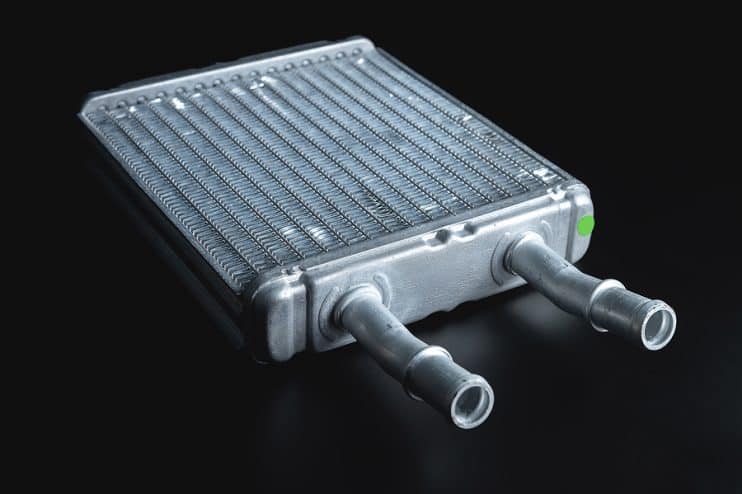
Your vehicle’s heater matrix, also known as a heater core, is a crucial heating and cooling system component. Situated behind the dashboard and connected to the engine’s cooling system through hoses, it transfers heat from the engine to air, which is directed back into your vehicle’s cabin.
Continue reading









.png)